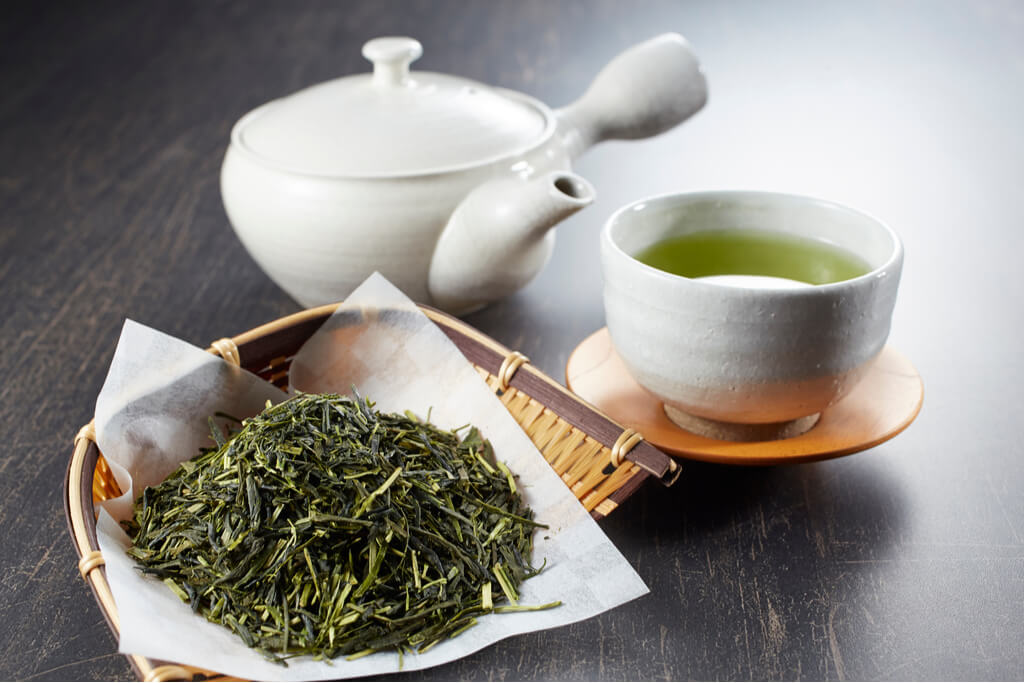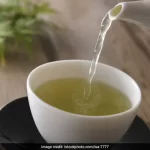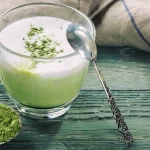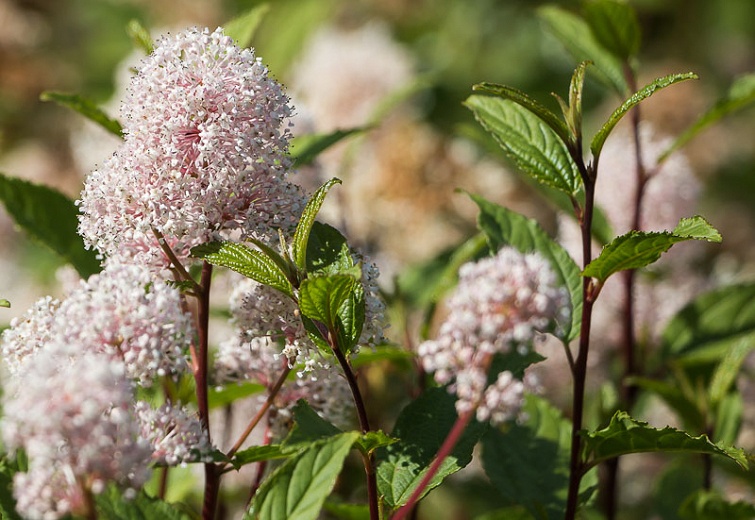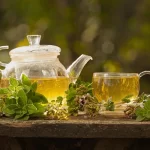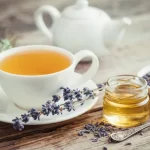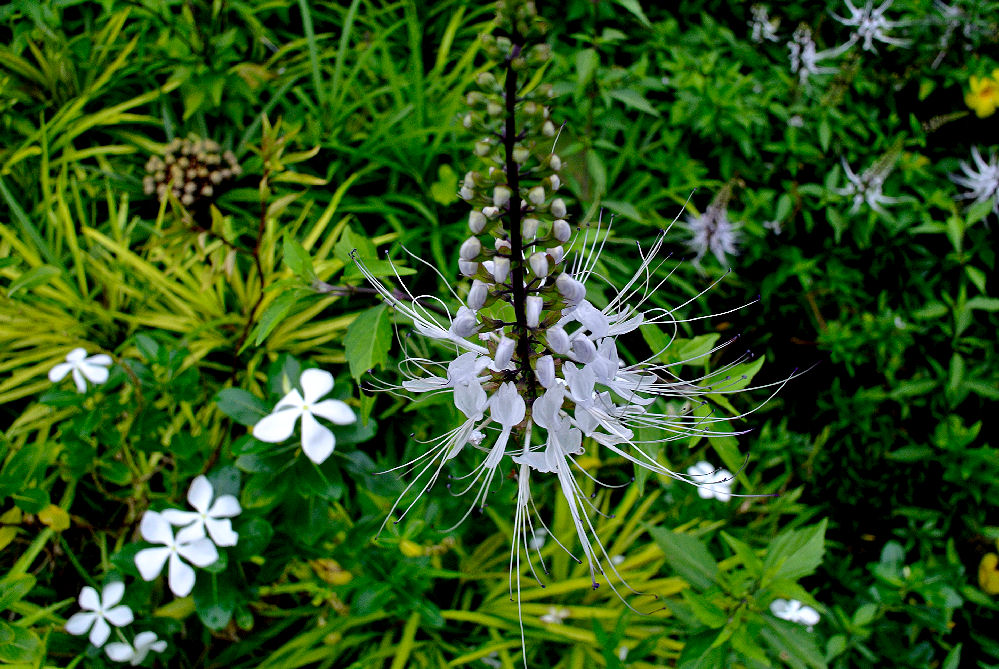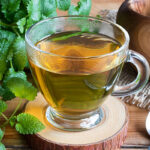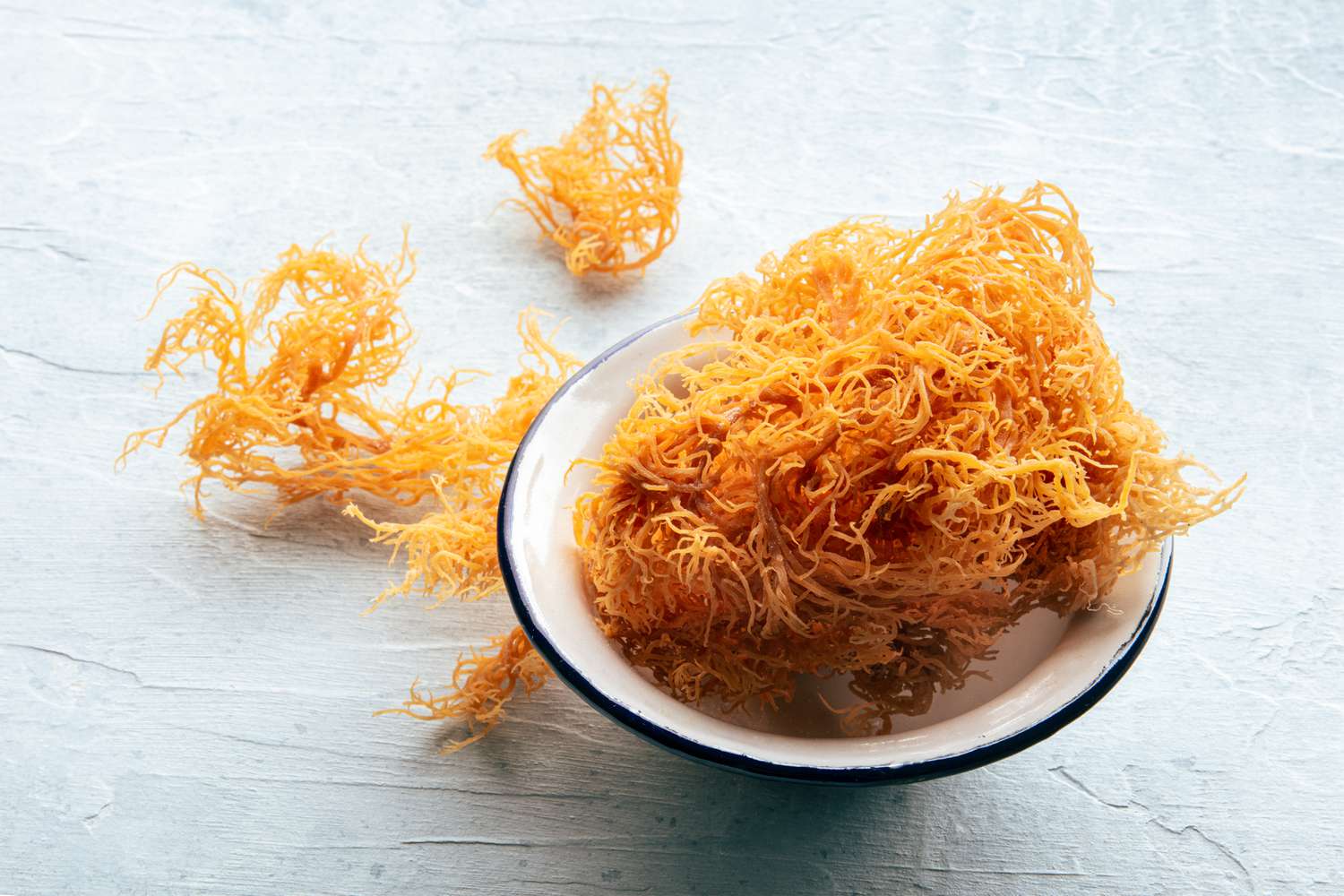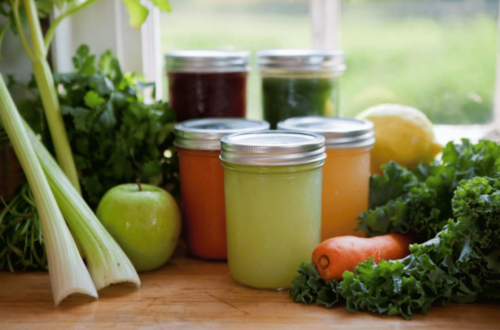Amazing Benefits of Sencha Green Tea
Before delving into benefits of sencha green tea, understand that sencha green tea, known as 煎茶 in Japanese, holds a special place in Japanese culture as a beloved and refreshing beverage enjoyed in casual settings.
Unlike other teas, sencha is typically made by steeping whole processed tea leaves in hot water, allowing its unique flavor profile to shine.
In today’s post, we’re diving into everything you need to know about this delightful drink, from its health benefits to its rich history and tips for brewing the perfect cup.
Health Benefits: Sencha green tea is packed with antioxidants and other beneficial compounds that promote overall well-being.
From boosting metabolism and aiding in weight loss to supporting heart health and improving brain function, sencha offers a range of health benefits with every sip.
History: Sencha has a rich history dating back centuries in Japan. Originally introduced in the 18th century, it quickly became a staple in Japanese tea culture.
Over time, different processing methods and regional variations have emerged, each contributing to sencha’s diverse flavor profiles and characteristics.
Brewing Tips: To make the most delicious cup of sencha tea, it’s essential to pay attention to brewing techniques. Use high-quality tea leaves and fresh, filtered water. Optimal water temperature and steeping time vary depending on personal preference and the specific type of sencha being brewed.
Experimentation is key to finding the perfect balance of flavor and aroma.
Whether you’re a tea aficionado or new to the world of sencha, there’s something to love about this traditional Japanese beverage. Its refreshing taste, coupled with its numerous health benefits and rich cultural heritage, makes sencha a truly special tea worth exploring and enjoying.
What is Sencha?
Sencha is a type of green tea originating from Japan, and it’s pretty famous there. It’s considered the top choice of tea among the Japanese, and it’s no surprise why. When you steep Sencha in hot water, it releases not just its flavors but also its health benefits.
Speaking of benefits, Sencha is packed with antioxidants and amino acids, which are good for your health. But not all Sencha teas are created equal.
The best Sencha tea is known as Sincha or Ichibancha. These are special because they’re the first harvest of the year. Imagine it like getting the freshest fruit from the tree; Sincha is the freshest Sencha you can get.
And because it’s harvested early in the year, it’s believed to have the highest concentration of all the good stuff that makes Sencha so healthy.
So, what can Sencha do for you? Well, it’s like a superhero for your body. It boosts your immune system, helps your brain work better, and even fights off cell damage that can make you age faster.
Plus, it helps your body get rid of toxins, keeps away pesky bacteria, and the list goes on. With so many benefits packed into one cup, it’s no wonder Sencha is so popular in Japan.
SEE ALSO: Hojicha Tea Benefits
History of Sencha
The story of Sencha Green Tea unfolds as a fascinating journey through Japanese history, tracing its origins, evolution, and eventual rise to prominence as a beloved staple in Japanese tea culture.
Early Origins: The tale begins in the 18th century, but its roots stretch back further. While the first written mentions of tea in Japan date back to the 8th century, it wasn’t until the 18th century that Sencha, a specific type of Japanese green tea, emerged as a distinct entity. This period marked the birth of Sencha tea as we know it today, distinguished by its unique processing method and vibrant flavor profile.
Baisao and the Birth of Sencha: Enter Baisao, also known as Ko Yugai, an innovative tea peddler who roamed the streets of Kyoto around 1735. Baisao’s unconventional method of preparing tea, known as “sencha,” involved steeping whole tea leaves in boiling water, eschewing the traditional pan-frying method favored by Chinese tea producers.
This novel approach resulted in a refreshing and flavorful brew that resonated with tea enthusiasts and travelers alike.
Nagatani Soen and the Uji Cha Method: The torch of innovation was passed to Nagatani Soen, a contemporary of Baisao, who sought to refine the process of Sencha production.
Soen’s experimentation led to the development of the Uji Cha Method, a meticulous process that involved steaming, rolling, shaping, and drying the finest tea leaves to perfection.
This method, still used today, transformed Sencha into a prized commodity renowned for its vibrant green color and exquisite flavor.
The Rise of Sencha: With Soen’s guidance, Japanese farmers embraced the Uji Cha Method, paving the way for the widespread cultivation and production of Sencha tea.
Despite initial challenges, Sencha quickly gained popularity, challenging the dominance of traditional teas like matcha in the Japanese market.
Its accessibility and versatility appealed to a broader audience, democratizing tea consumption and ushering in a new era of tea culture.
Sencha Today: Centuries later, Sencha remains a cornerstone of Japanese tea culture, revered for its rich history and nuanced flavor profiles. It has surpassed matcha to become Japan’s most popular tea, inspiring the art of Senchado, or the traditional Japanese tea ceremony dedicated to enjoying Sencha.
Moreover, Sencha’s influence extends beyond its borders, paving the way for other Japanese green teas like gyokuro and various Sencha variants to captivate tea enthusiasts worldwide.
Varieties of Sencha: From standard Sencha to specialty blends, there’s a Sencha variety to suit every palate and occasion. Futsu mushi sencha offers a balanced flavor profile with hints of sweetness and bitterness, while fukamushi-cha boasts a richer taste thanks to extended steaming.
Kabuse-cha delights with its deep aroma and fuller flavor, while kuradashi-sencha offers a unique aged character. Finally, gyokuro stands out as a luxurious option with its delicate leaves and unparalleled quality.
In summary, Sencha Green Tea’s journey from its humble origins to its present-day prominence is a testament to its enduring appeal and cultural significance.
Whether sipped casually or savored ceremonially, Sencha continues to captivate tea enthusiasts around the world with its rich history and unmatched flavor.
What Does Sencha Taste Like?
Matcha Oishii’s Organic Sencha boasts a well-balanced flavor profile, striking a harmonious blend of sweetness and umami in every sip.
Sencha Tea Benefits for Health
- Rich in Antioxidants: Japanese sencha green tea is loaded with powerful antioxidants, primarily catechin polyphenols. Among these, Epigallocatechin Gallate (EGCG) reigns supreme, shielding cells from oxidation, reducing the risk of heart disease, lowering cholesterol levels, and combating the signs of aging. It’s like a superhero for your skin, promoting elastin production and keeping it youthful.
- Fat Burning, Weight Loss: Sencha green tea’s natural detoxifying properties, courtesy of its chlorophyll content, make it a potent fat-burning ally. It helps your body torch fat even while you sleep, aiding in weight loss and battling cardiovascular issues. Plus, it aids digestion and boasts antibacterial and antimicrobial properties.
- Immune System Boost: With its abundance of antioxidants and amino acids, Japanese sencha works wonders in fortifying your immune system. It fights off viruses and bacteria, ensuring your body stays resilient and healthy.
- Fights Bad Breath and Promotes Oral Hygiene: Thanks to its high chlorophyll content, sencha tea is a champion in combating bad breath and promoting overall oral hygiene.
- Mental Focus and Clarity: Sencha green tea packs a punch with L-theanine, a potent amino acid that triggers the release of dopamine in your brain. This not only enhances mental focus and clarity but also uplifts your mood, leaving you feeling happier and more balanced.
Cholesterol
Indeed, studies have shown that sencha green tea can play a role in reducing LDL cholesterol, often referred to as the “bad” type of cholesterol. For individuals with a family history of heart disease, incorporating green tea into their daily routine can be a proactive step in managing their cardiovascular health and reducing associated risks.
But the benefits of sencha green tea don’t stop there. Beyond its cholesterol-lowering properties, research suggests that it can also have positive effects on other aspects of health.
From helping to regulate blood pressure to assisting in stabilizing blood sugar levels, sencha green tea offers a holistic approach to promoting overall well-being.
By enjoying a cup of sencha green tea regularly, individuals can potentially mitigate the risk factors associated with heart disease and other chronic conditions.
Its natural compounds and antioxidants contribute to its health-promoting effects, making it a simple and delicious addition to a balanced lifestyle.
With such an array of health benefits, enjoying a cup of sencha tea each day is not only delicious but also a smart choice for your well-being. Whether enjoyed hot or cold, paired with meals or sipped throughout the day, sencha tea makes for a refreshing and health-promoting beverage option.
How to Prepare Sencha Green Tea
While the world of green tea offers a plethora of options, the brewing process for Sencha remains relatively consistent, albeit with slight variations depending on the specific type being brewed.

Here’s a guide to brewing the perfect cup of Sencha Green Tea:
Choosing the Right Teaware: Begin by selecting the appropriate teaware for brewing Sencha. Japanese teapots, known as kyusu, are ideal for allowing the leaves to expand fully during brewing. Look for a teapot with a fine filter to prevent sediment from entering the final pour.
Preheating the Water: Achieving the optimal water temperature is crucial for unlocking the full flavor of Sencha. Start by boiling water and then cooling it down to a target temperature between 162 and 180 Fahrenheit.
Using two cups, transfer the water back and forth to reach the desired temperature range. This process not only cools the water but also helps stabilize its temperature during steeping, resulting in a more vibrant and aerated tea.
Brewing Sencha Green Tea: Once the water reaches the desired temperature, it’s time to brew the Sencha. The recommended ratio is approximately one gram of tea leaves for every 50 milliliters of water. Adjust this ratio to suit your taste preferences over time.
For half a cup of water, use around 1 1/4 tablespoons of tea leaves. Steep the tea for about one minute to extract the optimal flavor. However, deep-steamed Sencha varieties may require shorter steeping times of around 45 seconds, while other teas may benefit from longer steeping times of around 90 seconds.
Tips for Brewing Sencha:
- Experiment with different water temperatures to find your preferred brewing point.
- Keep a thermometer handy for accurate temperature measurements, especially when starting out.
- Practice the water transfer technique to achieve consistency in temperature and brewing results.
- Adjust the brewing time according to the specific type of Sencha and your taste preferences.
- After brewing, pour the tea slowly into your cup and ensure the leaves are cleared away from the filter.
- Remove the lid from the teapot and place it at an angle to allow steam to escape, preventing over-brewing of the leaves.
Once brewed, savor your cup of Sencha Green Tea at your leisure, appreciating its nuanced flavor and rejuvenating qualities.
SEE ALSO: Health Benefits of Sea Moss

A graduate of Computer Science and Information Management Technology. Diploma – Caregiving, Certificates – Dementia and Diabetes Awareness and Management. A researcher, blogger, songwriter, singer and acoustic guitarist. Born in an environment where natural talents such as healing are imparted at our natural birth. This natural talents of healing is the result of our genetic inheritance and the training from family environment.

